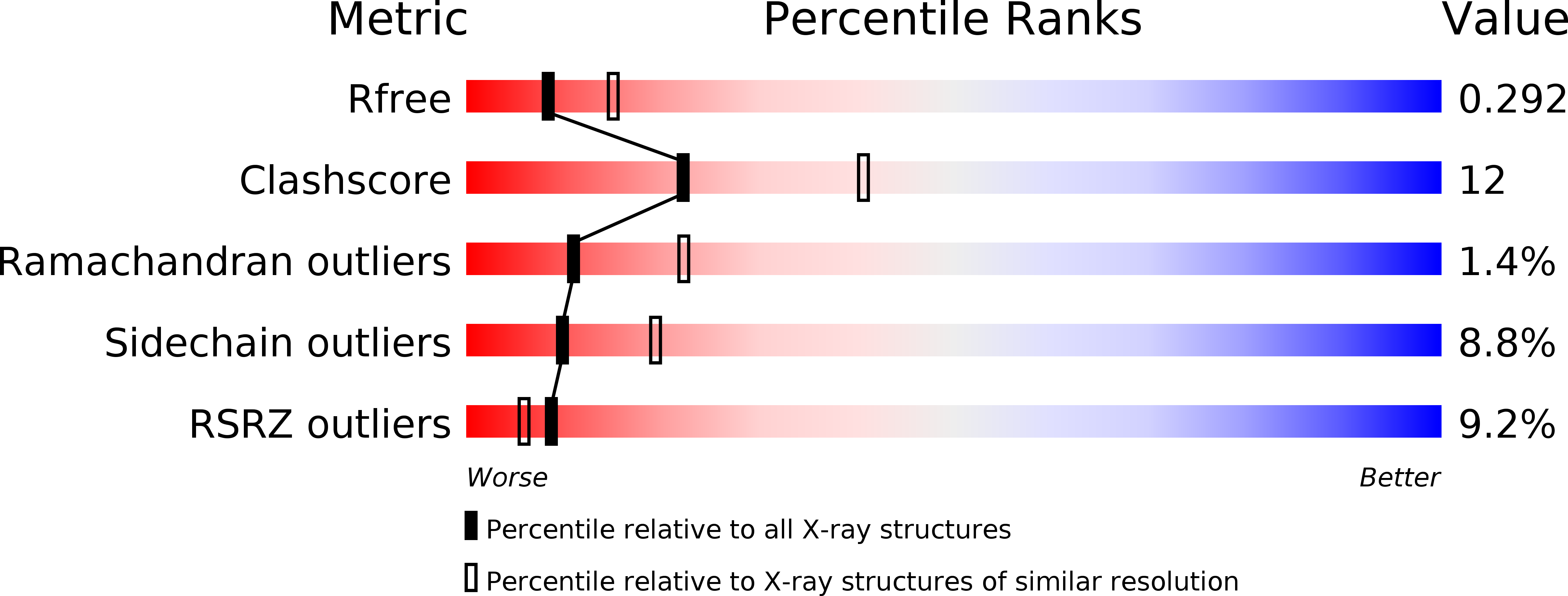
Deposition Date
2007-06-27
Release Date
2007-11-06
Last Version Date
2024-02-21
Entry Detail
PDB ID:
2QFC
Keywords:
Title:
Crystal Structure of Bacillus thuringiensis PlcR complexed with PapR
Biological Source:
Source Organism:
Host Organism:
Method Details:
Experimental Method:
Resolution:
2.60 Å
R-Value Free:
0.30
R-Value Work:
0.22
R-Value Observed:
0.22
Space Group:
P 61


